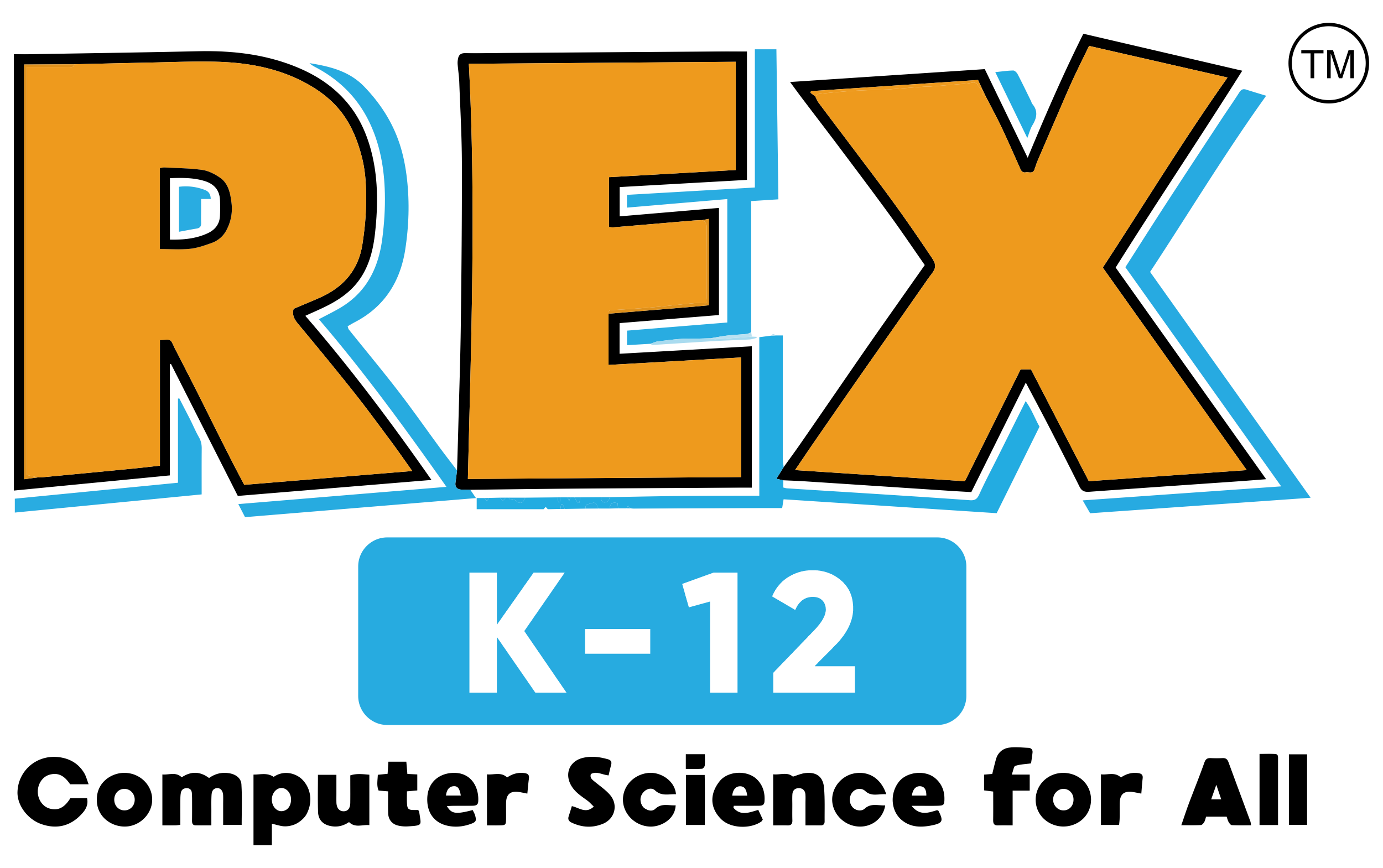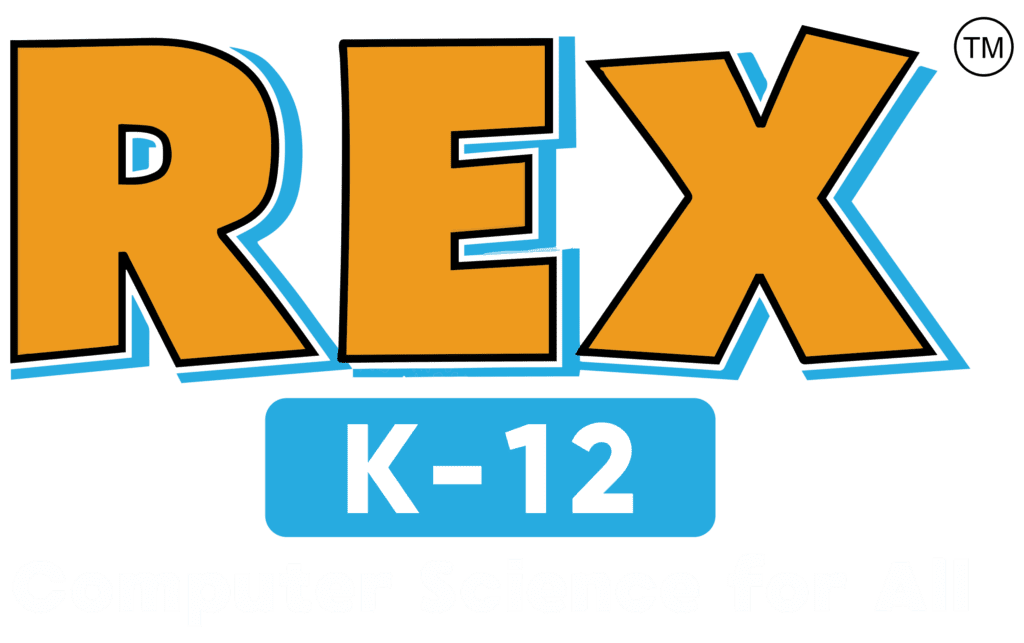Although COVID-19 continues to leave some unknowns, legislation around afterschool programs continues to be a focus for state policymakers
Children spend approximately 25 percent of their waking hours in school, and policy leaders are often striving to provide more learning opportunities through afterschool programs.
Broadly defined, afterschool programs (sometimes called OST or Out-of-School Time Programs) are school or community-based programs that offer academic and enrichment activities in the hours that follow the school day. These programs serve children of all ages and include academic support, workforce development opportunities, mentoring relationships, and more. As shown below, these programs are funded and supported legislatively in a variety of ways.
What the Research Says
Research shows that high-quality afterschool programs improve students’ educational outcomes, school attendance, and social and emotional learning. Afterschool Alliance claims that quality afterschool programs understand that children and youth in different age groups vary in academic, psychological, and physical activity needs. Consistent participation in afterschool programs has shown lower dropout rates and has helped close achievement gaps for low-income students. For older youth, regular participation in an afterschool program may also reduce risky behaviors and help them gain college and career-needed skills.
Afterschool programming has been shown to improve social and academic outcomes for students, however, research points to certain key elements for success. To fully realize all the positives of afterschool programming, students must receive a regular dosage, adequately trained staff, and high-quality programming.
Since 2004, Afterschool Alliance has provided the most comprehensive national and state-specific account of how children and youth spend their afterschool hours. In their 2020 America After 3PM report, one of the biggest takeaways is the continued demand for afterschool programs. According to their research, for every child enrolled, three are waiting to get into a program. That equates to roughly 25 million children who are unable to access afterschool programs. The barriers cited are program cost, availability, and transportation or accessibility.
The pandemic has brought funding barriers to the forefront. According to the Hunt Institute’s tracker at least 17 states have allocated COVID relief funds to afterschool and summer programs so far. However, a recent survey has cited that 61 percent of afterschool programs have reported high levels of concern around permanent closure.
Afterschool Policy
States’ efforts to support afterschool include focusing policy and funding on certain populations (e.g. at-risk or older youth) or issue areas (e.g. STEM). Other states have taken steps to collect information the afterschool landscape within their state to inform future policy and funding opportunities.
Session 2021 Legislative Summary
During the 2021 legislative year, policymakers continued to focus on addressing disrupted learning due to COVID-19. One approach lawmakers have used to reimagine accelerated learning is leveraging quality afterschool programs to reengage students.
States have looked at supporting afterschool programs by appropriating funds. For example, California Assembly Bill 86 allocated $4.6 billion for Expanded Learning Opportunities Grants. There is no application required to receive these grants; however, to be eligible for the full funding, districts must implement a learning recovery program that provides supplemental instruction, support for social and emotional well-being, and meals to specific student groups.
 Another trend around afterschool programming revolved around investing in literacy-based afterschool programs. In Louisiana, with the passing of Senate Bill 222 in 2021, that looks like focusing on comprehensive early literacy initiatives. The bill focuses on students in kindergarten through third grade who demonstrate literacy gaps. The bill focuses on students in kindergarten through third grade who demonstrate literacy gaps. These students are provided research-based literacy interventions and supports, which may include before- and after-school literacy programs, by a teacher or tutor with specialized literacy training.
Another trend around afterschool programming revolved around investing in literacy-based afterschool programs. In Louisiana, with the passing of Senate Bill 222 in 2021, that looks like focusing on comprehensive early literacy initiatives. The bill focuses on students in kindergarten through third grade who demonstrate literacy gaps. The bill focuses on students in kindergarten through third grade who demonstrate literacy gaps. These students are provided research-based literacy interventions and supports, which may include before- and after-school literacy programs, by a teacher or tutor with specialized literacy training.
Over the years, states have enacted legislation to support the creation of expanded learning opportunities councils and task forces over the past years. These members (typically, compromised of state agency representatives, community stakeholders, and state legislators) are often assigned to collect information on the state’s extended learning opportunities landscape. Oklahoma did this in 2021 by enacting House Bill 1882 and creating the Out of Schooltime Task Force. The 19-member task force will review existing maps of afterschool programs and highlight gaps in access, identify and evaluate practices to improve and increase the number of quality, affordable out-of-school programs in the state, and review tools to evaluate successful outcomes of programs.
One of the newer trends in 2021 was legislation that acknowledges that engaging learning experiences can take place outside of the classroom and students may receive credits for such experiences. By enacting House Bill 172 in Idaho, it adds to existing law to provide that students may receive credit for extended learning opportunities or by demonstrating prior knowledge of a content area. Similarly, Alabama enacted House Bill 486 that provides a means for allowing students to request and receive credit for participation in extended learning opportunities.
Although COVID-19 continues to leave some unknowns, legislation around afterschool programs continues to be a focus for state policymakers moving forward.












